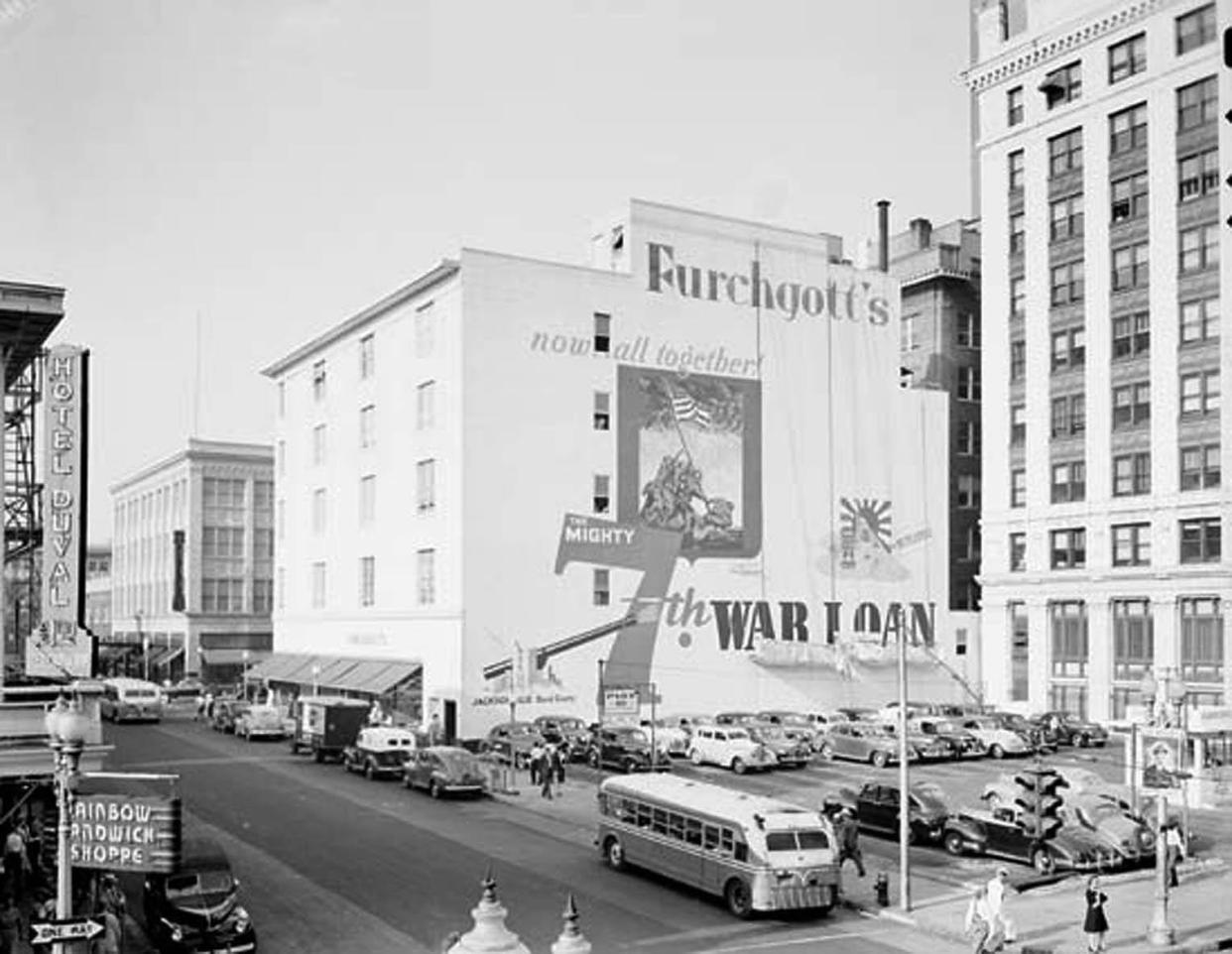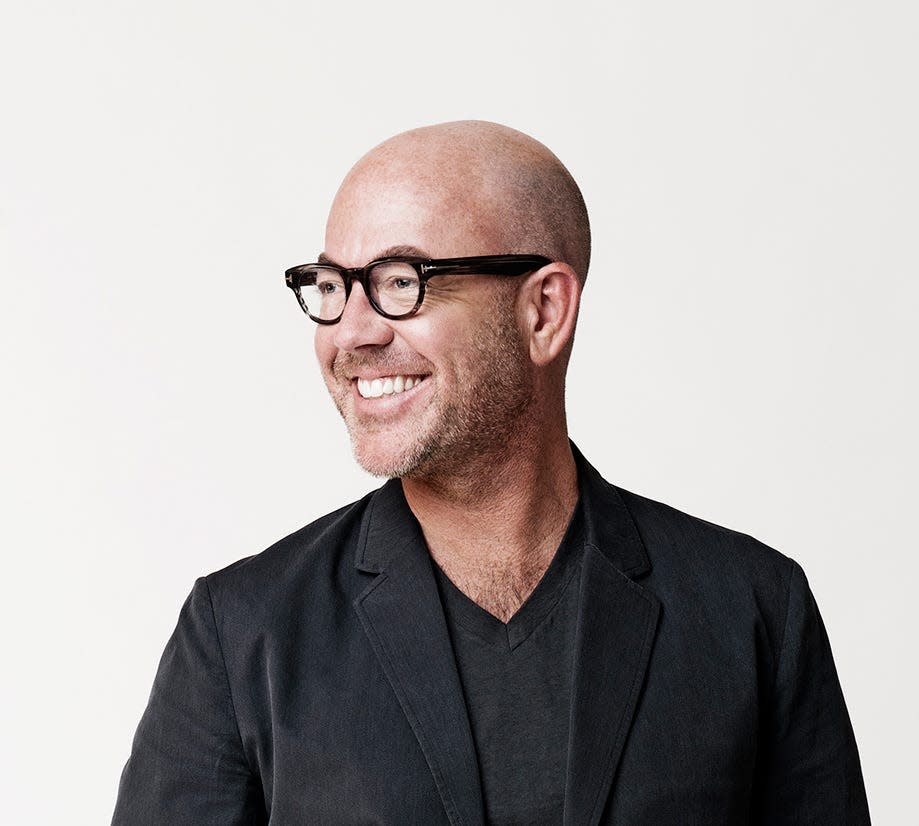Guest column: New development and historic preservation not mutually exclusive

There was a time when the civic leadership of Jacksonville was focused on building this city with an eye for design. After the Great Fire of 1901, architects from across the nation moved to Jacksonville to rebuild the ruined city. The leaders focused on a well-designed, quality plan to recreate Jacksonville as a dynamic city of commerce.
Within two years, there were more buildings constructed than in the decades before the fire — including a gorgeous business district where we can still admire the works of Henry John Klutho today.
Throughout the 1950s, ‘60s and ‘70s, Jacksonville maintained that spirit of design. Then everything changed, and we have been in a state of deterioration ever since. At some point, instead of leading on strategic growth, our city began following the lead of developers. Instead of incentivizing developers to maintain the authentic style of architecture that makes our city unique, beautiful historic buildings are left to ruin or are torn down.
Entire historic neighborhoods, like LaVilla, have been leveled with no strategy for development.
I am very pro-development, but I am also a preservationist. The two are not mutually exclusive, and there is so much wonderful opportunity for both in Jacksonville. Recently, the DIA announced that the city will be providing incentives for the restoration of Furchgott’s Department Store and the Union Terminal warehouse.

Like so many others in this city, I have fond memories of shopping at Furchgott’s as a child. Civic investment in buildings like that show that we value our own personal history, which is important to develop civic pride. These opportunities honor and celebrate the past, while looking to the future in a modern and new innovative way. Plus, it makes economic sense to preserve our authentic architecture.
Studies show that cultural and heritage tourists spend 60 percent more money when traveling than those tourists visiting for other reasons. Preservation is good business when it comes to tourism. I would encourage the city to continue to keep moving in this direction.
Every year, the Jacksonville Chamber of Commerce hosts a trip for local leaders to visit other municipalities to gain intelligence on how we should proceed in making Jacksonville better. These ventures seem like wonderful opportunities for inspiration. What is the plan to implement new ideas garnered from these travels to support growth efficiently and effectively in Jacksonville?
The Gaslight District in Vancouver, Canada is a great example of a neighborhood using strategic design standards for developers and small businesses to follow. This approach gives the neighborhood its rhythm. It makes a place that people can be proud of, be inspired by and find motivation to do more as citizens.
Today, there is a national trend of Bauhaus-style architecture springing up in urban core neighborhoods. I am a fan of that style with its boxy and modular design, but there is no reason why we couldn’t require developers to incorporate other diverse elements that speak to our spectacular Brutalist, Mid-Century Modern and Prairie-style historic architecture to create authentic placemaking, which our city was built on.
What Jacksonville wants is to know where we are going. How do we know who we are, and what we will become, if we do not have a plan that shapes the growth of the place we call home? It’s simple business. It’s not rocket science. If Greenville, S.C., Savannah, Ga., Oklahoma City and San Antonio can figure it out, surely we can, too.
Jacksonville is on “hot lists” and the market is scorching; now, more than ever, we need leadership and vision to drive our next chapter.
Steve Williams, CEO of Harbinger Sign and founder of Mapping Jax
This article originally appeared on Florida Times-Union: Guest column: New development, preservation not mutually exclusive

